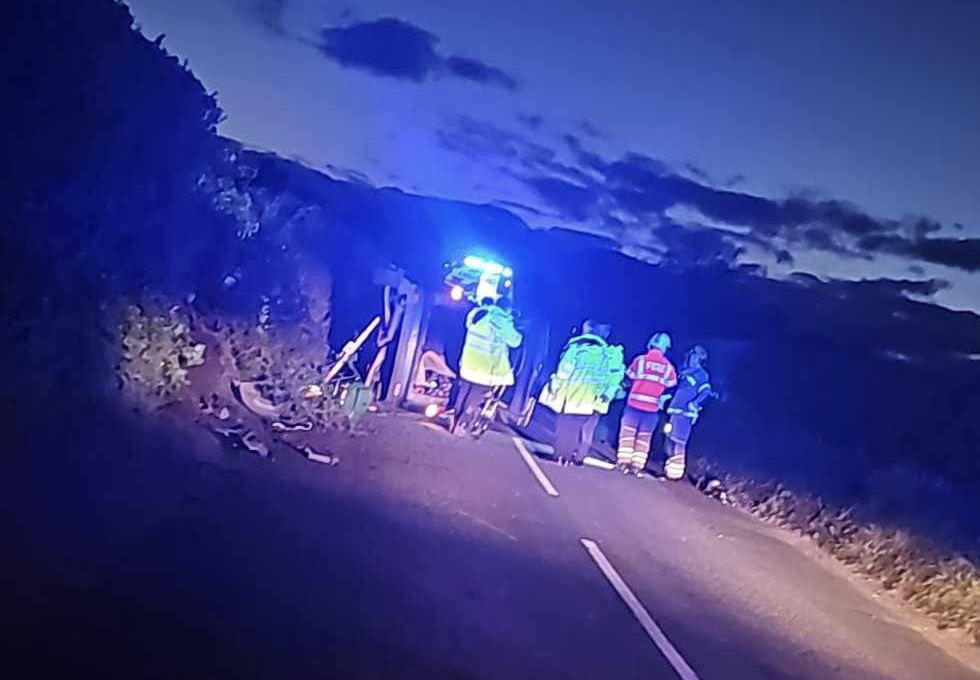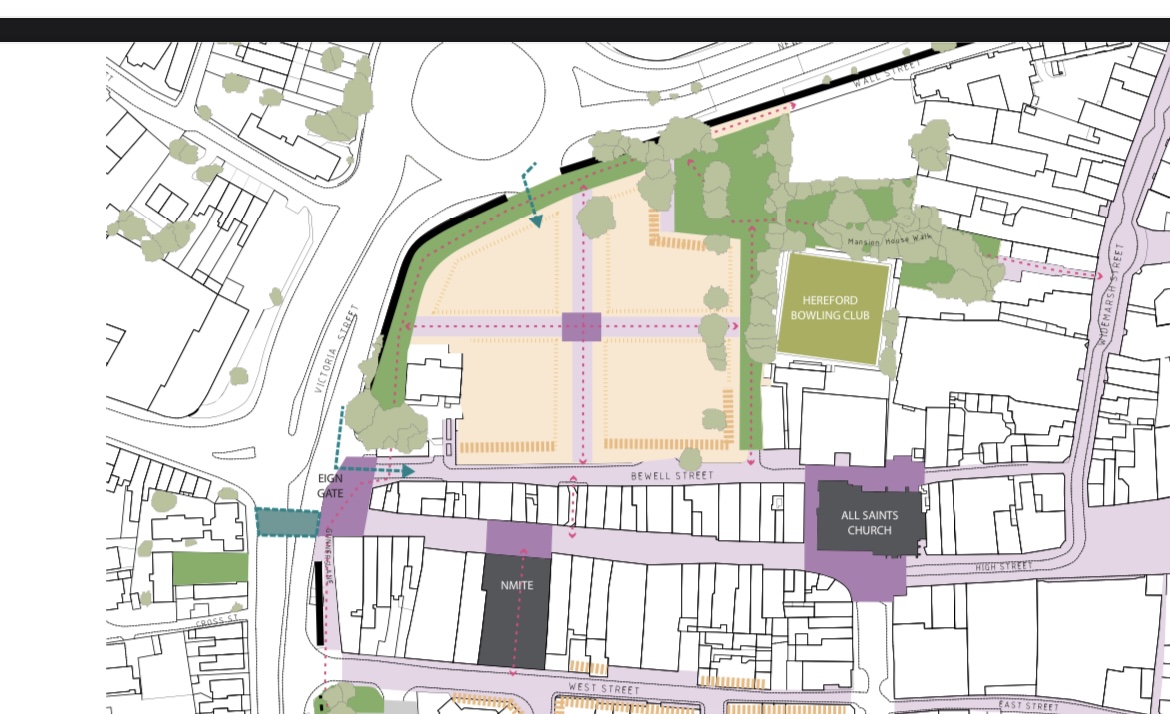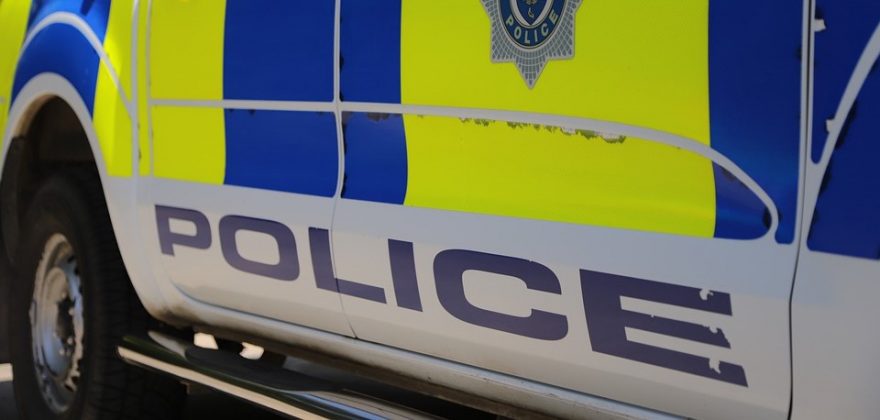Herefordshire has the highest proportion of disqualified drivers in England, and the 9th highest in the UK, according to new data from the Driver and Vehicle Licensing Agency (DVLA).
According to the figures, obtained by contact lens retailer Feel Good Contacts through a Freedom of Information (FOI) request, Herefordshire came 9th in the rankings for worst regions for dangerous drivers in the UK, and 1st in England, with 2.33% of its drivers being disqualified.
The rankings were calculated using the percentage of disqualified drivers in each region versus the number of people who had successfully passed their test using official DVLA data.
The Orkney Islands in Scotland topped the list with 1 in 10 drivers being disqualified. Wales made up half of the regions featured in the top 20, closely followed by Scotland with six. Four English regions including Herefordshire, Merseyside, Cleveland, and West Yorkshire also featured.
The full top 20 list is as follows*:
Orkney Islands (10.25%)
Inverclyde (5.35%)
Torfaen (4.79%)
Gwent (3.34%)
East Renfrewshire (3.20%)
West Dunbartonshire (2.79%)
Wrexham (2.70%)
Dundee (2.69%)
Herefordshire (2.33%)
Newport (2.20%)
Caerphilly (1.95%)
Bridgend (1.90%)
Port Talbot (1.76%)
Vale of Glamorgan (1.70%)
South Ayrshire (1.65%)
Merseyside (1.52%)
Cardiff (1.50%)
Cleveland (1.45%)
West Yorkshire (1.40%)
Swansea (1.36%)
The full data from the DVLA sourced by Feel Good Contacts can be found here: https://www.feelgoodcontacts.com/blog/britains-worst-drivers
While the reasons for these high number of disqualifications predominantly stem from the more well-known offences including speeding or drink driving, many are now being penalised for other offences including ‘careless driving’ where drivers are judged to be lacking awareness and attention for other road users.
Neil Greig, director of policy and research spokesman for UK road safety charity I AM RoadSmart, said:
“With the winter months making road safety a top priority for many, the data highlights how many drivers are falling foul of the law at different rates across the country. While variations in police enforcement and vehicle types make comparisons difficult it is worrying that so many rural areas seem to have high numbers of people willing to break the law. This means that not only do road users have to look out for all the usual country road problems and the cold weather but also anticipate the actions of those around them. The message is clear; if you live in one of the areas highlighted then you will need all your observation skills to be as safe as possible on every trip.”
Ashish Mathur, eye care specialist at Feel Good Contacts, adds:
“Winter weather can reduce visibility with snow, fog, and icy windscreens, and if you require visual aids which you do not wear, this could create a toxic cocktail of poor vision. No driver wants to be a danger to others, so it’s crucial that we are all aware of our impact on other road users. All drivers should get their eyes tested regularly, particularly if they feel they are struggling to see a minimum of 20 metres away, which is the minimum eyesight standard required for driving. If your eye health changes at all, inform the DVLA immediately to keep you and other road users safe this winter.”
For further information about the findings, please visit https://www.feelgoodcontacts.com/blog/britains-worst-drivers



